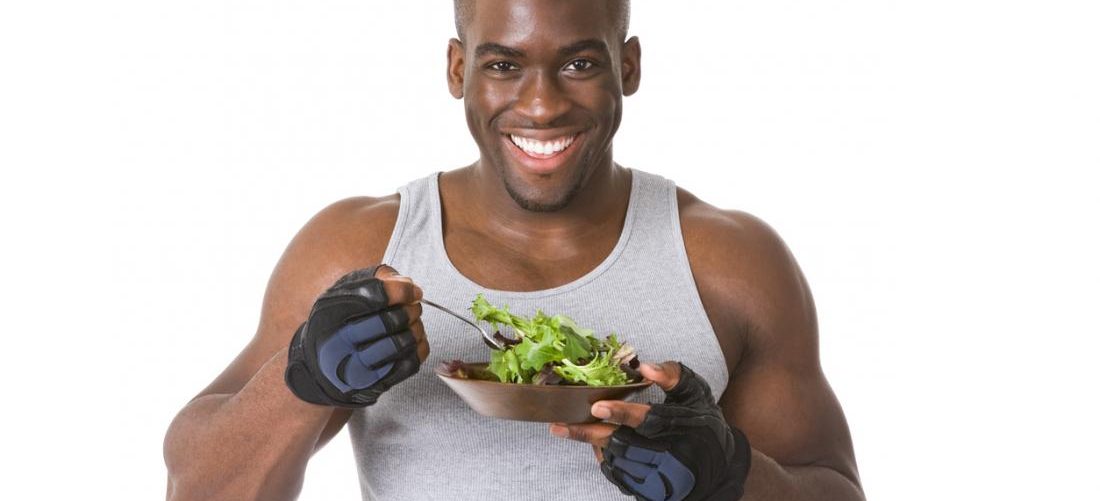Nutrition is important for fitness.
Eating a well-balanced diet can help you get the calories and nutrients you need to fuel your daily activities, including regular exercise.
When it comes to eating foods to fuel your exercise performance, it’s not as simple as choosing vegetables over doughnuts. You need to eat the right types of food at the right times of the day.
Follow this tips:
1. Your break-fast
Your first meal of the day is an important one
Starting your day with a healthy meal can help replenish your blood sugar, which your body needs to power your muscles and brain.
Eating a healthy breakfast is especially important on days when exercise is on your agenda. Skipping breakfast can leave you feeling lightheaded or lethargic while you’re working out.
Choosing the right kind of breakfast is crucial. Too many people rely on simple carbohydrates to start their day. A plain white bagel or doughnut won’t keep you feeling full for long.
In comparison, a fiber- and protein-rich breakfast may fend off hunger pangs for longer and provide the energy you need to keep your exercise going.
2. Choosing Carbohydrates
Consuming the right kind of carbohydrates is important. Many people rely on the simple carbs found in sweets and processed foods. Instead, you should focus on eating the complex carbs found in whole grains, fruits, vegetables, and beans.
Whole grains have more staying power than refined grains because you digest them more slowly.
They can help you feel full for longer and fuel your body throughout the day. They can also help stabilize your blood sugar levels. Finally, these quality grains have the vitamins and minerals you need to keep your body running at its best.
3. Packing up protein
Packing up protein into your snacks and meal is also a great idea.
Protein is needed to help keep your body growing, maintained, and repaired.
Protein is also essential for building and repairing muscles, helping you enjoy the benefits of your workout. It can be a source of energy when carbohydrates are in short supply, but it’s not a major source of fuel during exercise.
Protein can come from:
- poultry, such as chicken and turkey
- red meat, such as beef and lamb
- fish, such as salmon and tuna
- dairy, such as milk and yogurt
- legumes, such as beans and lentils
- eggs
4. Boost your fruit and vegetable intake
Fruits and vegetables are rich sources of natural fiber, vitamins, minerals, and other compounds that your body needs to function properly. They’re also low in calories and fat.
Try to “eat the rainbow” by choosing fruits and veggies of different colors. This will help you enjoy the full range of vitamins, minerals, and antioxidants that the produce aisle has to offer
5. Fuel-Up Before Exercise
When it comes to fueling up before or after a workout, it’s important to achieve the right balance of carbs and protein. Pre-workout snacks that combine carbohydrates with protein can make you feel more energized than junk foods made from simple sugars and lots of fat.
6. Balance is key
As you settle into an active lifestyle, you’ll probably discover which foods give you the most energy and which have negative effects. The key is learning to listen to your body and balancing what feels right with what’s good for you.
Follow these tips:
- Aim to make breakfast a part of your routine.
- Choose complex carbohydrates, lean protein sources, healthy fats, and a wide variety of fruits and veggies.
- Stock your fridge and gym bag with healthy workout snacks.
The right balance of carbohydrates, protein, and other nutrients can help fuel your exercise routine.

